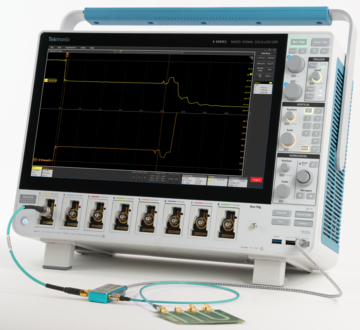Свяжитесь с нами
Живой чат с представителями Tektronix. С 9:00 до 17:00 CET
Звонок
Позвоните нам
С 9:00 до 17:00 CET
Загрузить
Загрузить руководства, технические описания, программное обеспечение и т. д.:
Обратная связь
Time Domain Reflectometry (TDR) Analysis
4/5/6 Series B MSO and 7 Series DPO Options 4-TDR, 5-TDR, 6-TDR, and 7-TDR Datasheet
Дополнительные сведения
- Поддержка приборов
- Осциллограф смешанных сигналов MSO Серии 4
- Серия 5 B MSO
- Низкопрофильный осциллограф MSO Серии 5
- MSO серии 6 B
- $name
Читать на веб-сайте:

4/5/6 Series B MSO and 7 Series DPO Options 4-TDR, 5-TDR, 6-TDR, and 7-TDR Datasheet
Download the PDF of the datasheet for an overview of the product features, important specifications, and ordering information.

